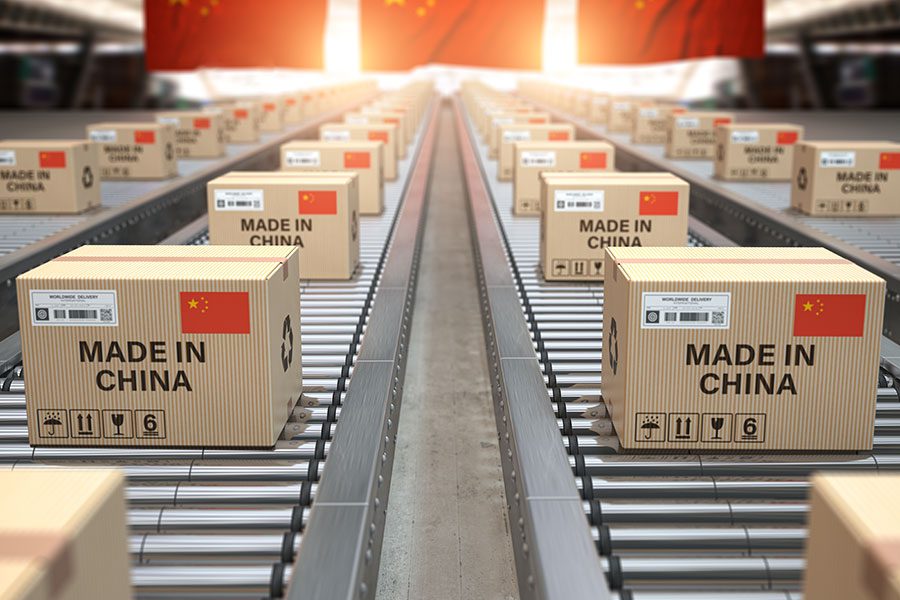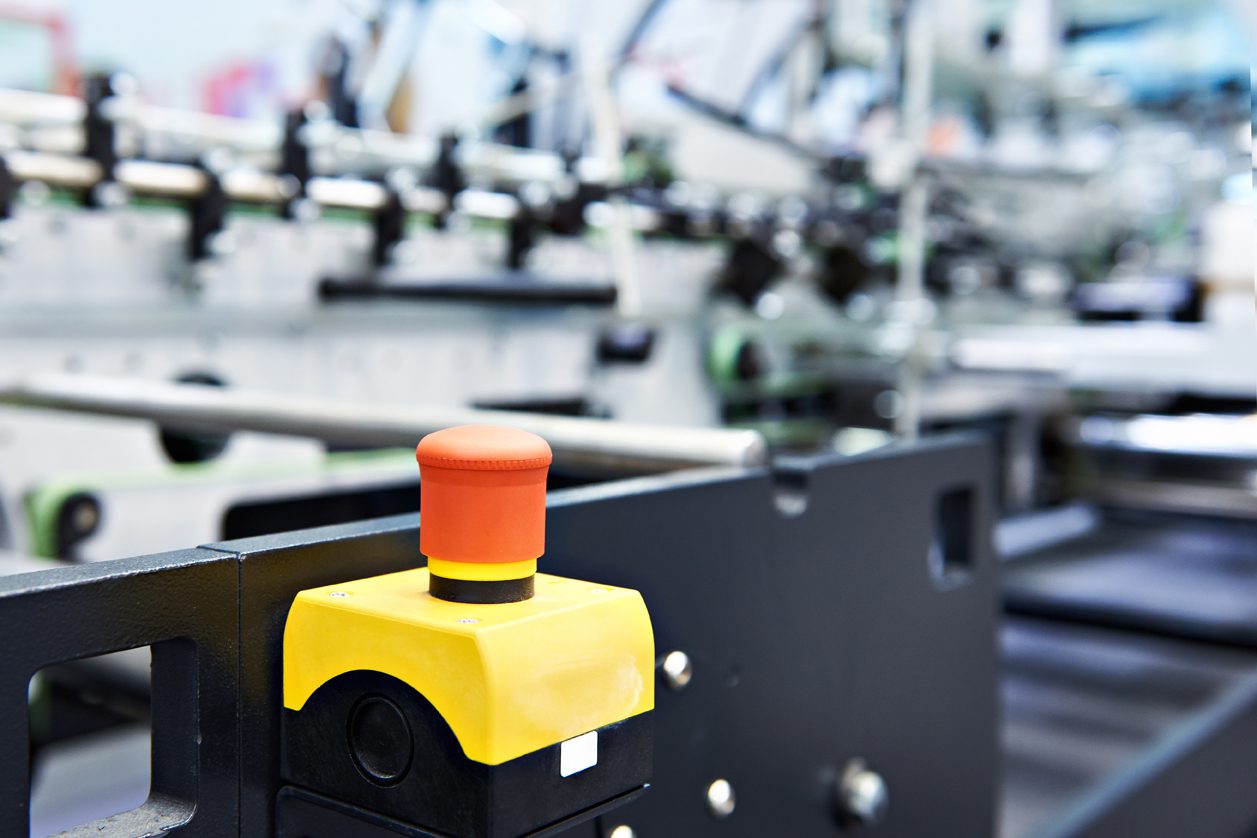The coronavirus measures are moving quickly. Travel bans in Italy, and the US is refusing to accept European travellers. It will not be too long before Spain and Germany introduce similar measures.
In light of the Pandemic declaration nobody can complain about such measures, but there will be a price to pay.
The travel bans will coincide with the Easter holiday. This is the time of year when many holiday makers and businesses come out of their winter hibernation period. The schools are on holiday and it is the first opportunity for families to take a week-long vacation.
Catch some late winter snow and go skiing, or some early spring sun and go sun-bathing. Both of these options will be off the agenda if bans are in place across Europe.
Of course, not all families will go overseas. Many will remain in the UK or their own country and go to holiday or caravan park. Rent a cottage in the country or do a city break and see the sights. There are conflicting figures on how much the UK spends at Easter.
The figures range from £1.5bn in the shops to £13bn which includes holidays, trips and all shopping. Do not forget that many of our European neighbours will come to the UK over Easter.
For many garden centres and DIY stores Easter is critical. It generates firm cash flows which will support the business throughout the rest of the financial year.
If Easter is poor, then these businesses will struggle to get ahead for the rest of the year. Hotels and guest house, holiday parks and wildlife centres that have been closed throughout winter, Easter is the first opportunity to generate positive cash flow.
I have not ignored but will not dwell upon airlines, hotels, restaurants and tourist attractions. The measures that the UK government introduced yesterday to support UK business will be critical to the continued survival of many SMEs, particularly if the country closes down for two to three weeks.
The critical part of the financial support package is working out how to get the cash from the Chancellor’s red box into the hands of cash strapped business owners. Nonetheless the measures are both welcome and necessary.
Similar measures will be required across Europe. How will business survive in Italy? How many UK holiday makers normally take a break in Spain at Easter? The financial crisis of 2008 threatened the very existence of many of our domestic banks.
The financial crisis that will impact on many SMEs are a result of country shut down at a critical time of year will require just as effective support mechanisms as were used throughout the financial crisis.



